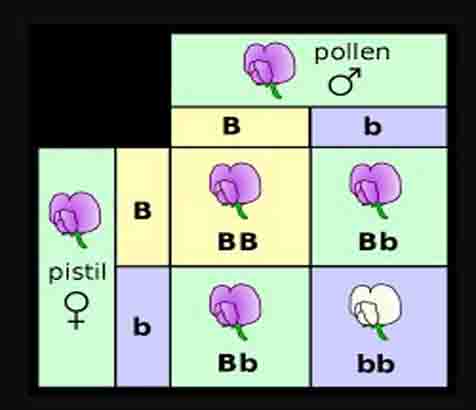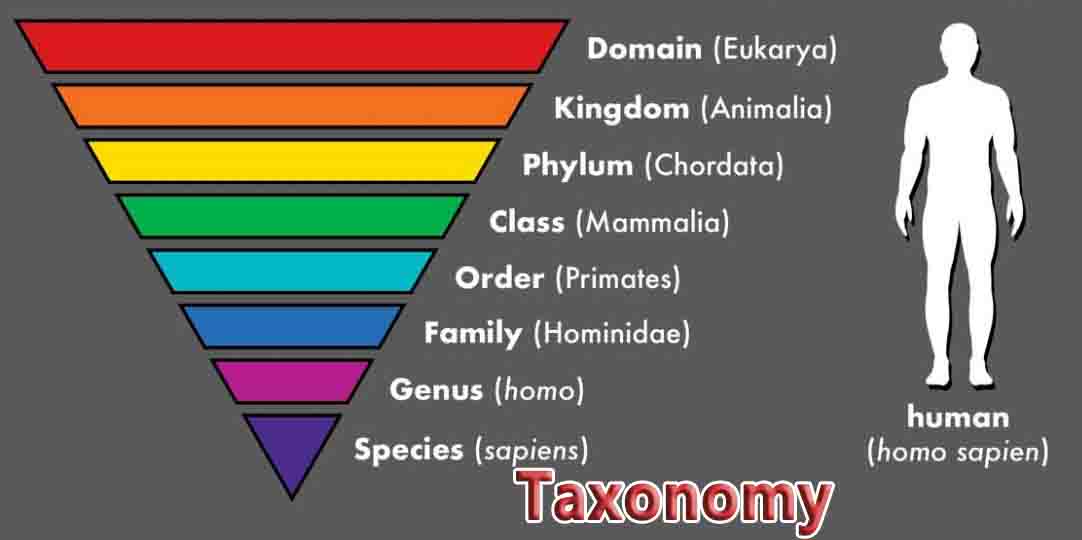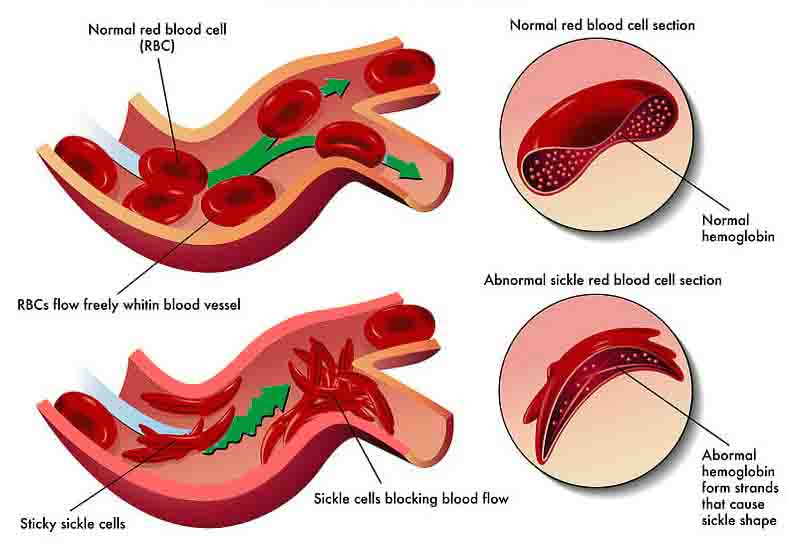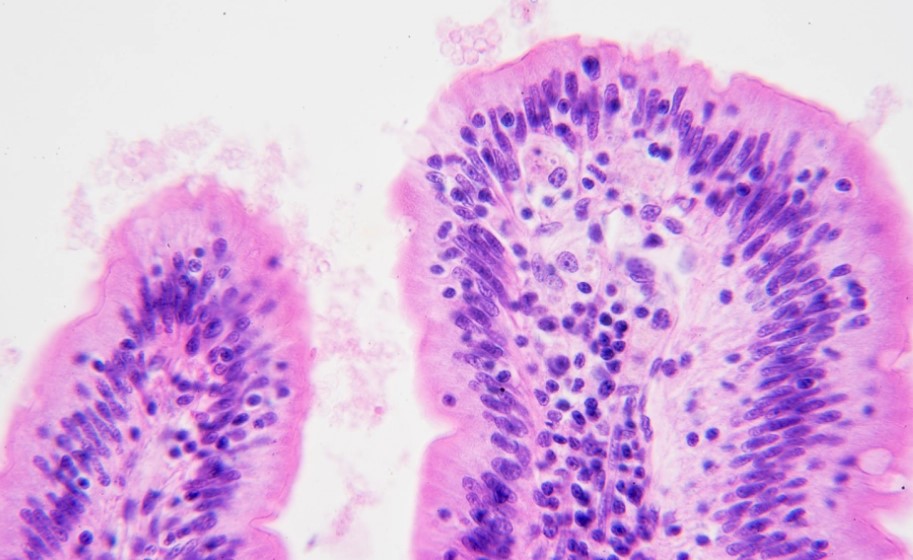Anesthesiologist Job Description: Ensuring Comfort and Safety in the Operating Room
In the complex world of healthcare, anesthesiologists play a pivotal role in ensuring the comfort and safety of patients undergoing medical procedures. As highly trained medical professionals, their responsibilities extend beyond administering anesthesia. Let’s delve into the intricacies of the anesthesiologist job description, exploring the educational journey, job responsibilities, and the dynamic nature of this … Read more






